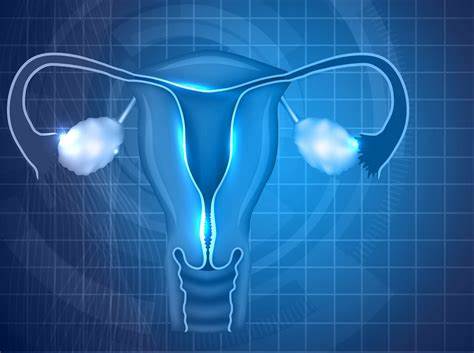Ovarian Cyst Removal
Ovarian cyst removal, or ovarian cystectomy, is a surgical procedure designed to remove cysts from the ovaries. Ovarian cysts are fluid-filled sacs that can develop on or within the ovaries. These cysts are often benign and may resolve on their own, but sometimes they can cause pain, irregular menstrual cycles, or other complications that necessitate surgical intervention. The decision to remove an ovarian cyst depends on its size, type, and the symptoms it causes.
There are two primary surgical methods for removing ovarian cysts: laparoscopic surgery and open surgery (laparotomy). Laparoscopic surgery is minimally invasive and involves making small incisions in the abdomen through which a camera and surgical instruments are inserted. This technique typically results in less pain, a shorter recovery time, and minimal scarring. Open surgery, or laparotomy, involves a larger abdominal incision and is usually reserved for larger cysts, suspected malignancies, or when laparoscopy is not feasible. The choice of procedure depends on various factors, including the cyst’s characteristics and the patient's overall health.
Preparation for ovarian cyst removal surgery includes preoperative consultations, imaging tests such as ultrasounds or MRIs, and blood tests to evaluate the patient's overall health and surgical risk. Patients are usually advised to stop taking certain medications and to fast for several hours before the surgery. The day of the surgery, patients will receive anesthesia to ensure they are comfortable and pain-free during the procedure. The specifics of the surgery, including duration and recovery expectations, will be discussed beforehand to ensure the patient is fully informed.
Recovery from ovarian cyst removal varies depending on the type of surgery performed. Laparoscopic surgery often allows patients to return home the same day, with a recovery period of about one to two weeks. During this time, patients are advised to rest, avoid strenuous activities, and follow specific wound care instructions to prevent infection. Open surgery generally requires a longer hospital stay and a recovery period of four to six weeks. Pain management is an important aspect of recovery, and patients may be prescribed pain relievers and instructed on how to manage any postoperative discomfort.
While ovarian cyst removal is generally safe, it carries some risks, including infection, bleeding, and damage to surrounding organs. There is also a possibility of the cyst recurring or new cysts developing in the future. Post-surgery follow-up appointments are crucial to monitor healing and address any complications. For women of reproductive age, preserving ovarian function and fertility is a key consideration, and most surgeries aim to minimize impact on the ovaries. Long-term management may include regular gynecological check-ups and lifestyle adjustments to reduce the risk of cyst recurrence.



.png)
